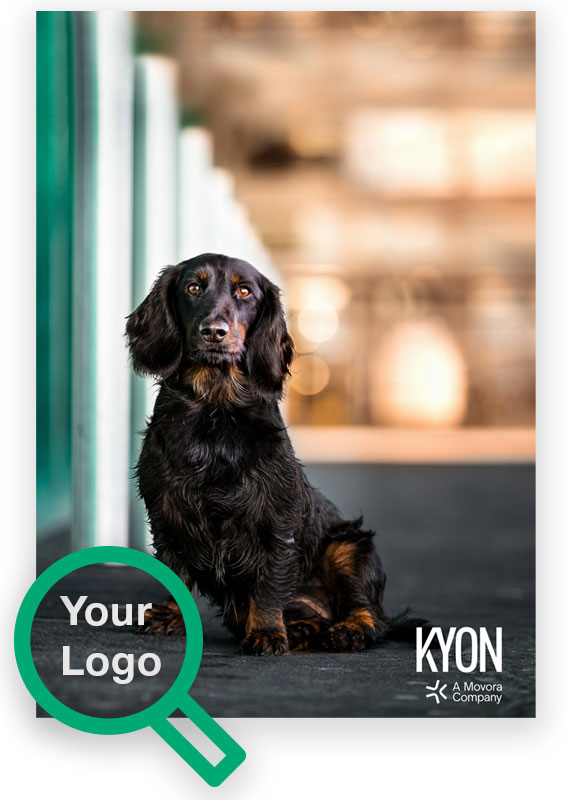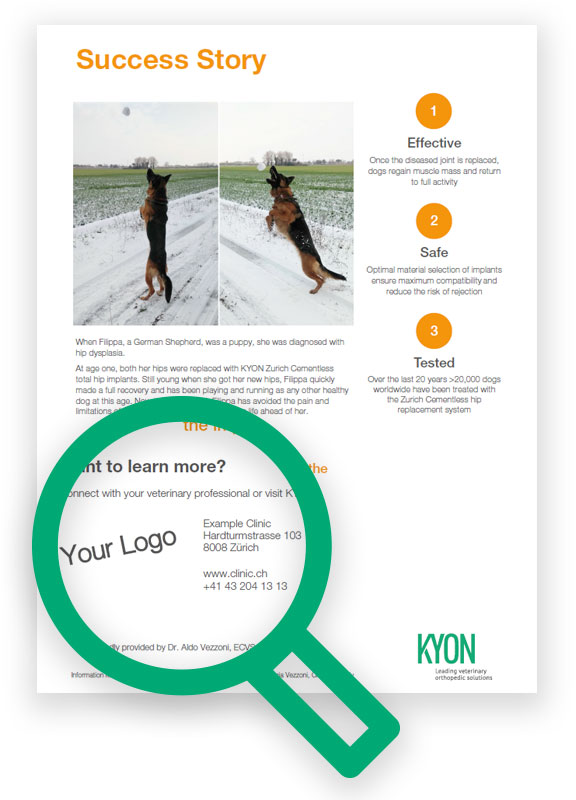From a young age, Dr. Yamaguchi’s father taught him that all life is precious and deserves to be cared for.
As a child his family had cats, and almost every weekend his dad took him up into the the mountains and taught him about the wildlife they encountered. This was the beginning of Dr. Yamaguchi’s passion for caring for animals. In 1979, he completed his veterinary degree in Kitasato, Japan. He is a member of the AO and is a diplomate of the Japanese College of Veterinary Surgeons in small animal surgery. His practice is located in Osaka, Japan. He’s an expert user of our ALPS system.
In his free time, Dr. Yamaguchi enjoys scuba diving, mountain climbing, and fishing.
When did you start using the KYON Advanced Locking Plate System (ALPS-I)?
I started to use the ALPS-I in January 2007 and currently use it two to three times a week in my clinic.
What kinds of cases are you using ALPS-I for?
I use it for fracture fixations, corrective osteotomies, and arthrodesis.
How often do you see cats and dogs with fractures and corrective osteotomies in your clinic?
What plate system did you use before ALPS®?
Before ALPS, I used DCP, reconstruction plates, and handmade plates. I have also used LC-DCP, LCP, locking condylar plates, and VP locking plates.
What made you change to the KYON System?
ALPS® plates can bend in all planes, and also have minimal bone contact which protects perfusion. I like that they can be cut and contoured easily. Moreover, they resist infection because they are made from titanium, utilize monocortical screws, and are suitable for double plating.
What advice would you give to young surgeons regarding internal fixation?
Following AO principles will lead you to the best result.
What is the approximate total number of cases you have solved with ALPS® so far? What is your complication rate?
Total number if ALPS cases from June 2007: 843 intraoperative complications: 20/843 (rate of 2.37%) Screw breakage: 18/843 (rate of 2.13%, mostly early generation ALPS) Stripped screw head: 2/843 (rate of 0.23%, mostly early generation ALPS)
Of the complications above, very few have required revision surgeries:
Three cases resulted in amputation caused by uncontrolled infection; two of those had been previously operated on without using ALPS, and the last one was caused by a skin infection unrelated to the implants. Three cases re-fractured after healing–one in that group happened after removing the plate due to suspicion of infection.





